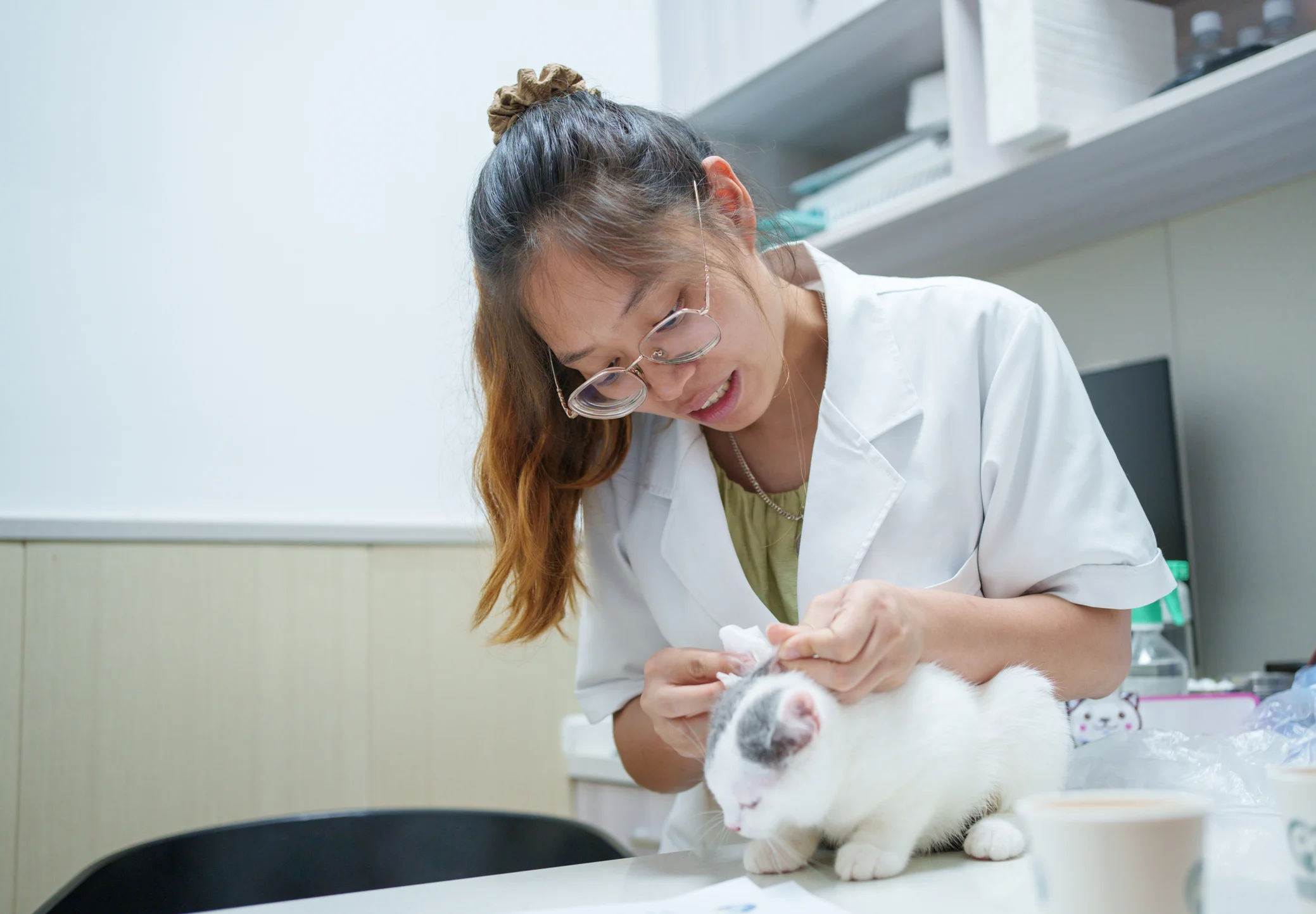
July always takes me back to my first real shift in the clinic. I had finished an orientation period with my cohort of interns, and we were scheduled to start seeing patients on July 4th. I felt ready to see whatever emergency came my way. I had refreshed myself on blocked cats, reviewed diabetic ketoacidosis, prepared for HBC patients, and practiced client communication strategies. I had cheat sheets laminated and spiral-bound in my pocket. Then I walked into the treatment room and saw the next case on the triage board…
I had a pug that had been stung by a bee (with no clinical signs, but the owner was worried), a beagle with impacted anal glands and an owner that “couldn’t handle one more minute of scooting,” and a cocker spaniel with an ear infection. That’s when I realized that most ER cases aren’t actually emergencies and that we hadn’t learned how to handle many simple and common cases.
I leaned on the staff doctor, who coached me through my very first treatment as a doctor—a (probably unnecessary) diphenhydramine injection. Patient and skilled technicians taught us about expressing anal glands and cleaning ears, and we made it through the day and came back more confident for the next shift.
I also realized the importance of learning about the real-life stuff that often doesn’t make it to a teaching hospital. That’s where Clinician’s Brief can support and help you feel prepared for any case that may walk through the door. This article on anal sac disease would have saved the day that July 4th.
As you’re diving into your first cases this summer, remember that most ER cases are not true emergencies, and although you may not feel fully prepared for many cases, nonemergent emergencies offer a valuable opportunity to learn from colleagues and resources, practice client communication skills, and build confidence for future shifts.
Find us anytime at cliniciansbrief.com/launchpad-students-early-career or launchpad@vetmedux.com.
Want to launch your career to new heights 🚀? Sign up for Launchpad today.